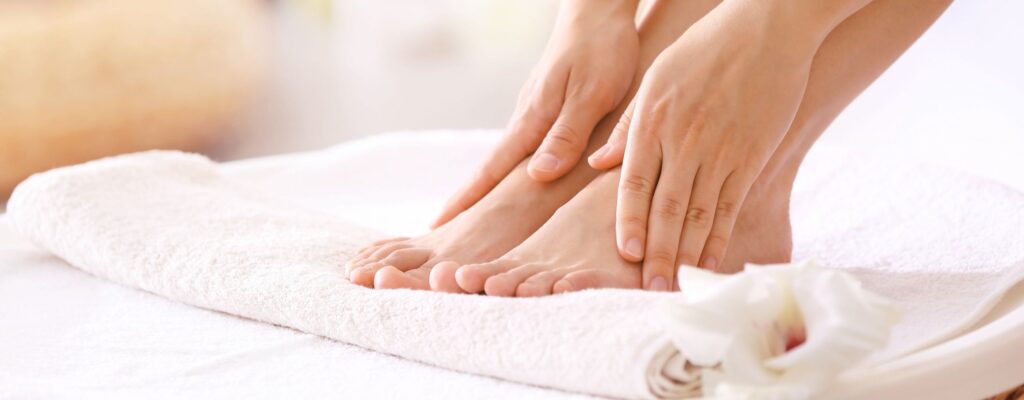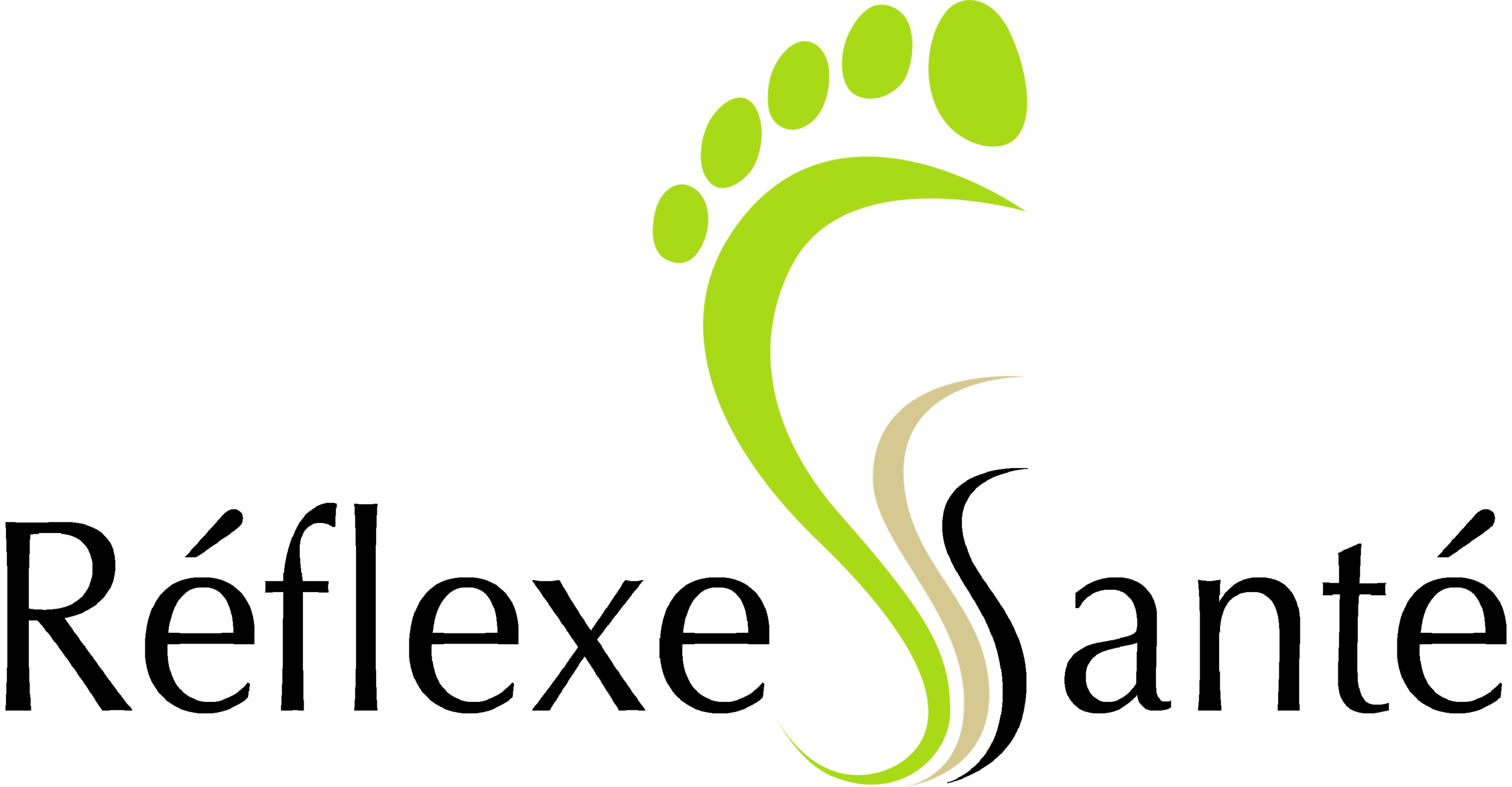Lorem ipsum dolor sit amet

Lorem ipsum dolor sit amet, consectetur adipiscing elit. Vestibulum viverra sit amet sapien molestie euismod. Aliquam non libero nulla. Integer dui eros, commodo vitae commodo sit amet, varius nec erat. Nullam posuere ullamcorper nisl non lobortis. Duis eu magna viverra, interdum neque et, pellentesque tortor. In a risus diam. Nunc pellentesque interdum elit vel auctor. […]
